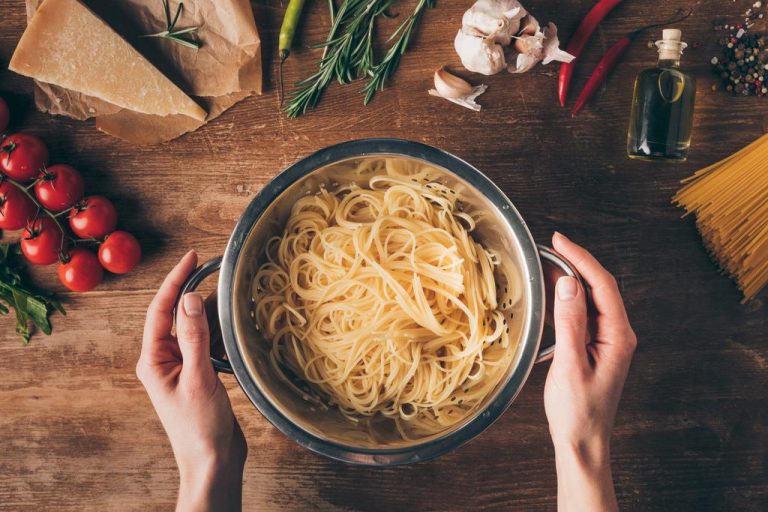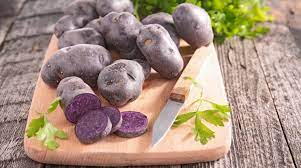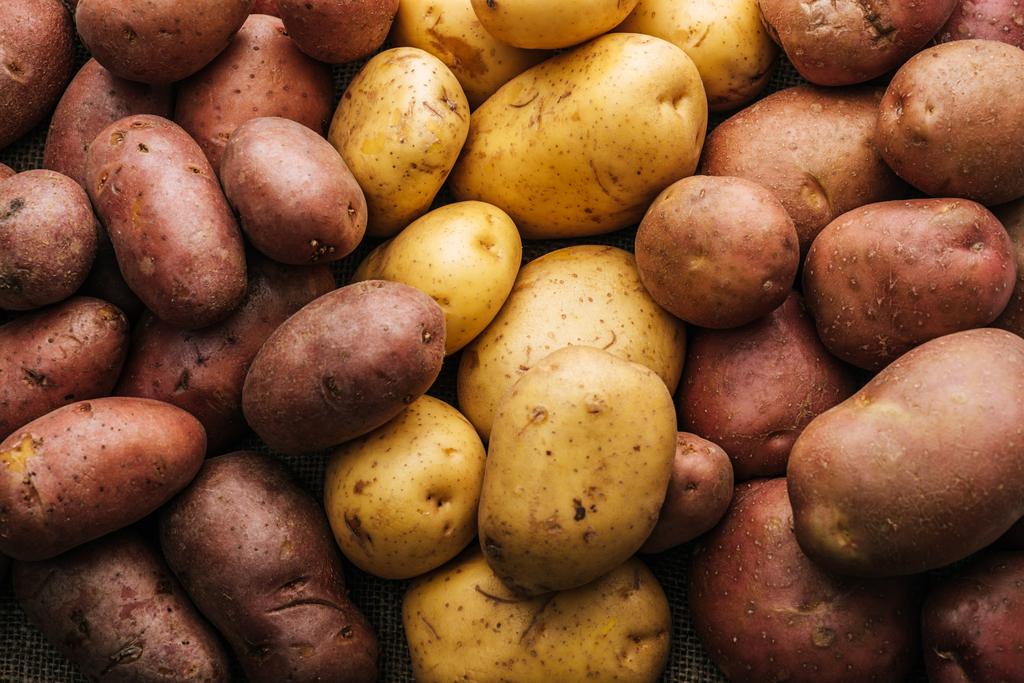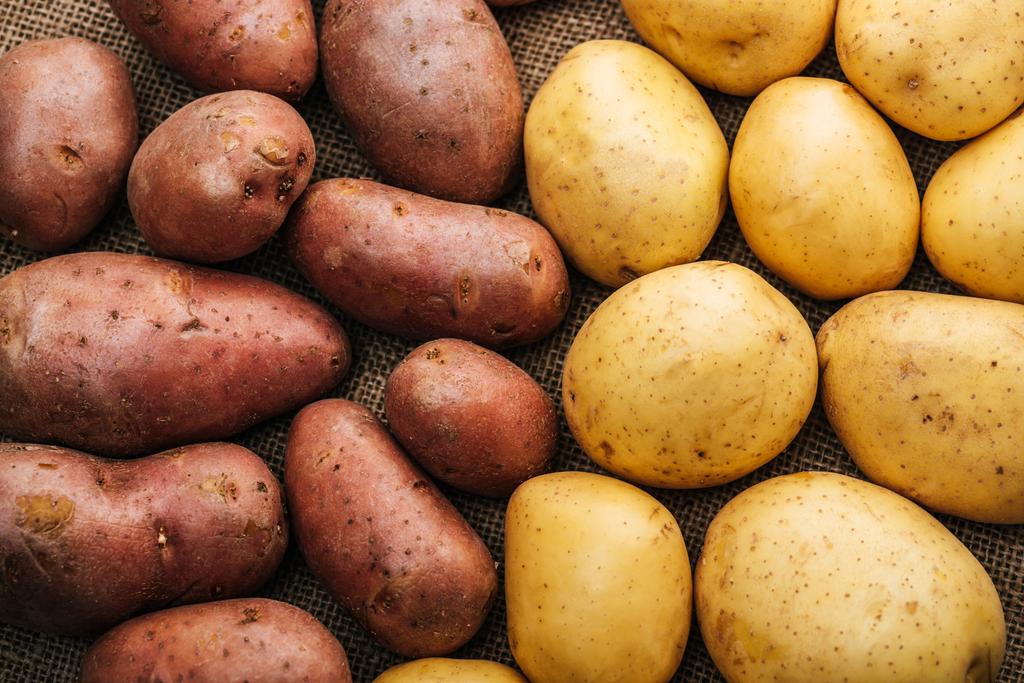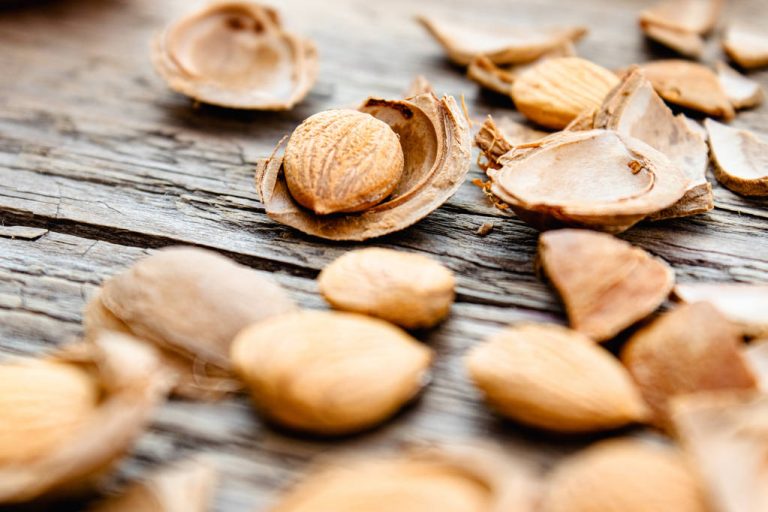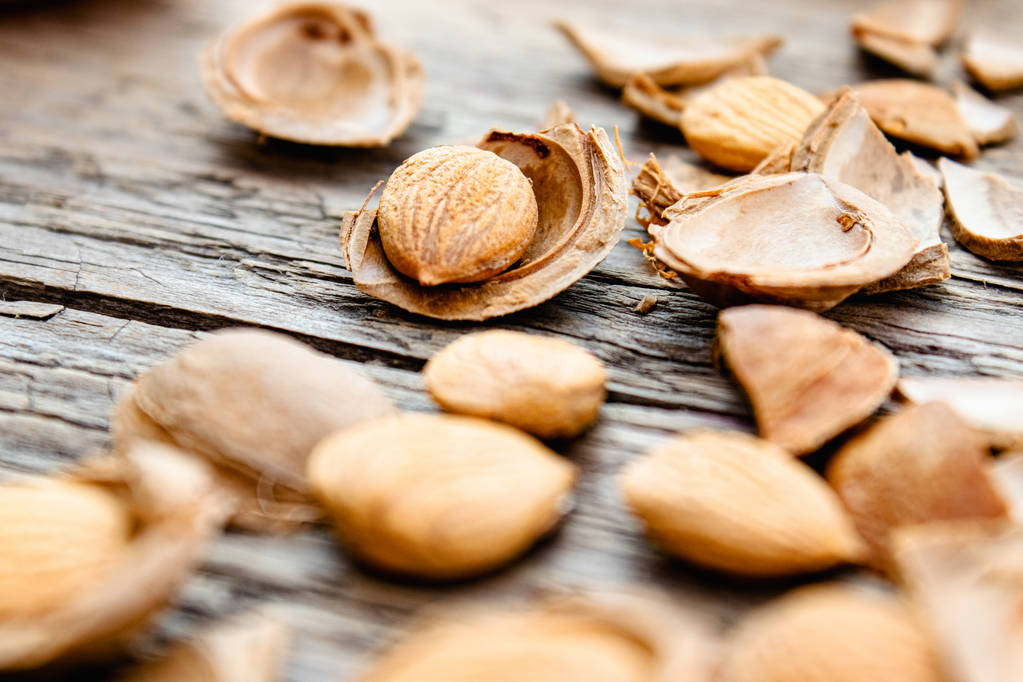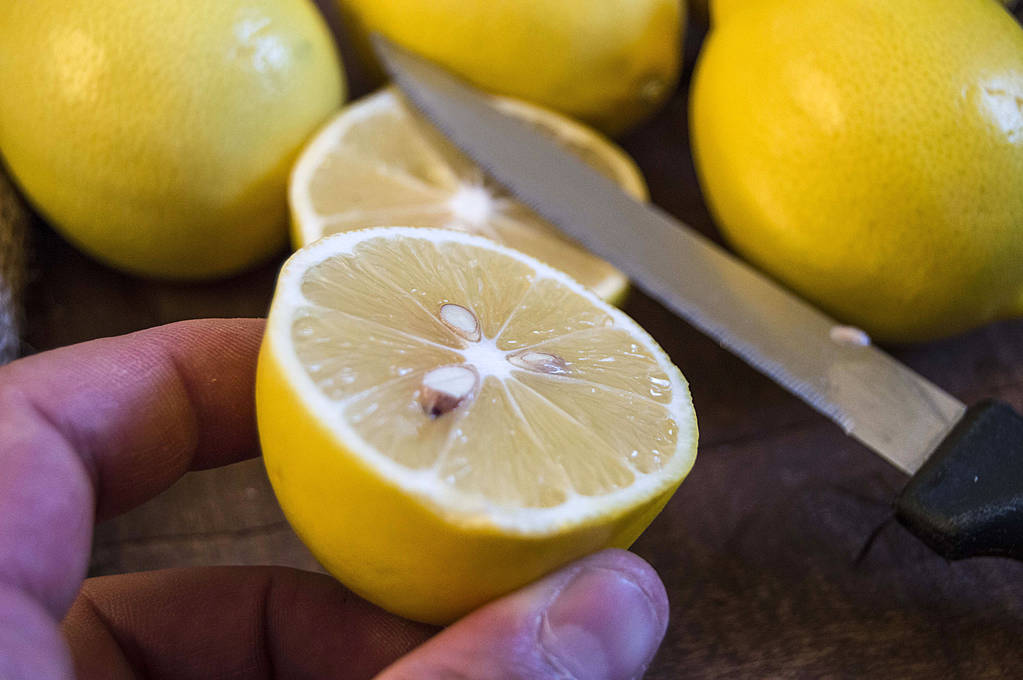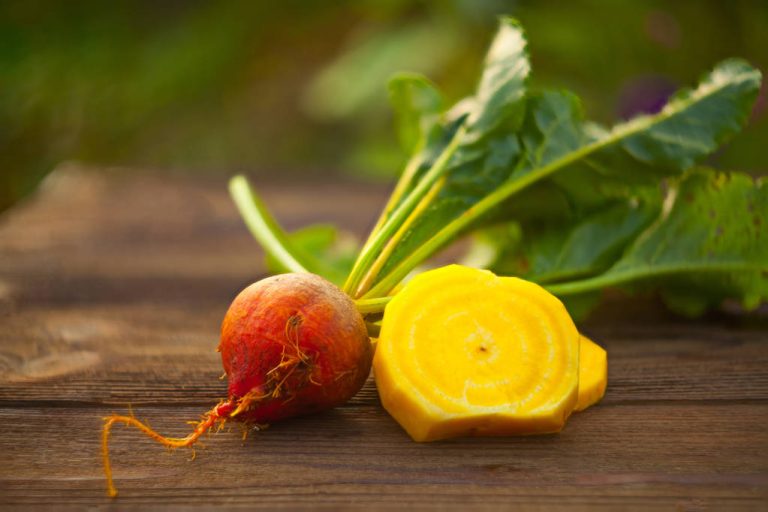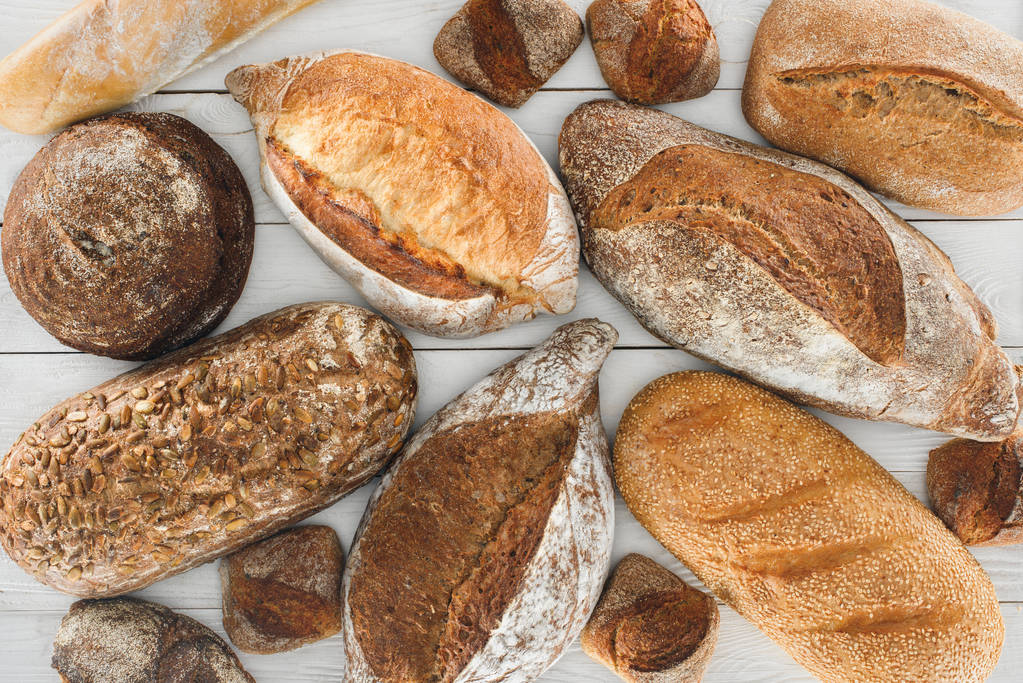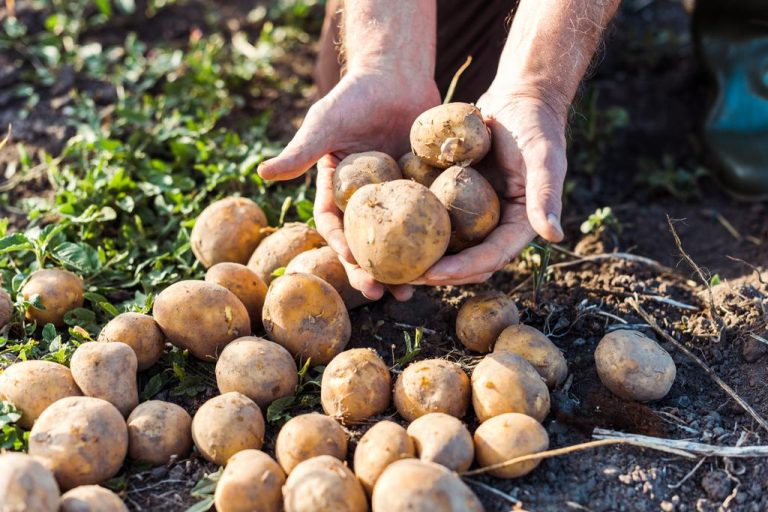Cooking spaghetti is easy with our tips. The Italian classic among pasta is quick to prepare and always tastes different with the different sauces.
Cooking spaghetti isn’t an art, but it’s not enough to simply boil a pot of water and pour in a pack of pasta.
With our tips, the spaghetti succeeds like in Italy and you have a delicious meal on the table in just a few minutes.
In addition, in this article you will learn what you should consider when eating spaghetti.
Cooking spaghetti: the ingredients
The most important ingredient to cooking perfect spaghetti is a large pot. It must be large enough for the noodles to swim freely.
You need these ingredients for each portion of spaghetti as a main course:
1 liter of water
1 tsp salt
100-125g spaghetti #5
Tip:
You can buy what is known as a spaghetti measure in stores. The different hole sizes correspond to the different portion sizes. In order to portion the spaghetti correctly, however, the spaghetti measurer is not required. Use your kitchen scale so you always have the right amount.
When cooking spaghetti, use pasta made from 100% organic durum wheat semolina and from regional production. Regional products have shorter transport routes behind them and are therefore better for the climate. Traditional spaghetti does not contain eggs and is vegan.
How do you cook spaghetti?
Always cook the spaghetti fresh so they don’t stick together. You should therefore prepare the sauce first – it will be ready when the spaghetti is cooked. It is best not to put the pasta pot with the water on until the sauce is almost ready.
Fill a large pot with water and bring it to a boil.
Add the salt to the boiling water.
Now add the spaghetti and immediately turn the heat down to the lowest setting.
The spaghetti usually does not have enough space in the pot. Therefore, wait a moment until the part of the spaghetti that is in the boiling water can be bent.
Stir well so all of the spaghetti is surrounded by the water.
Now you can close the lid of the saucepan and cook the noodles on the lowest setting.
Keep stirring the spaghetti. This distributes the starch in the cooking water and prevents them from sticking. Tip: Regular stirring also prevents the pasta water from boiling over.
Let the spaghetti cook for the length of time listed on the pasta package.
Test to see if the noodles are the consistency you want. If necessary, let them cook for a little longer. You can already switch off the stove.
Pour the spaghetti into a large colander and serve immediately.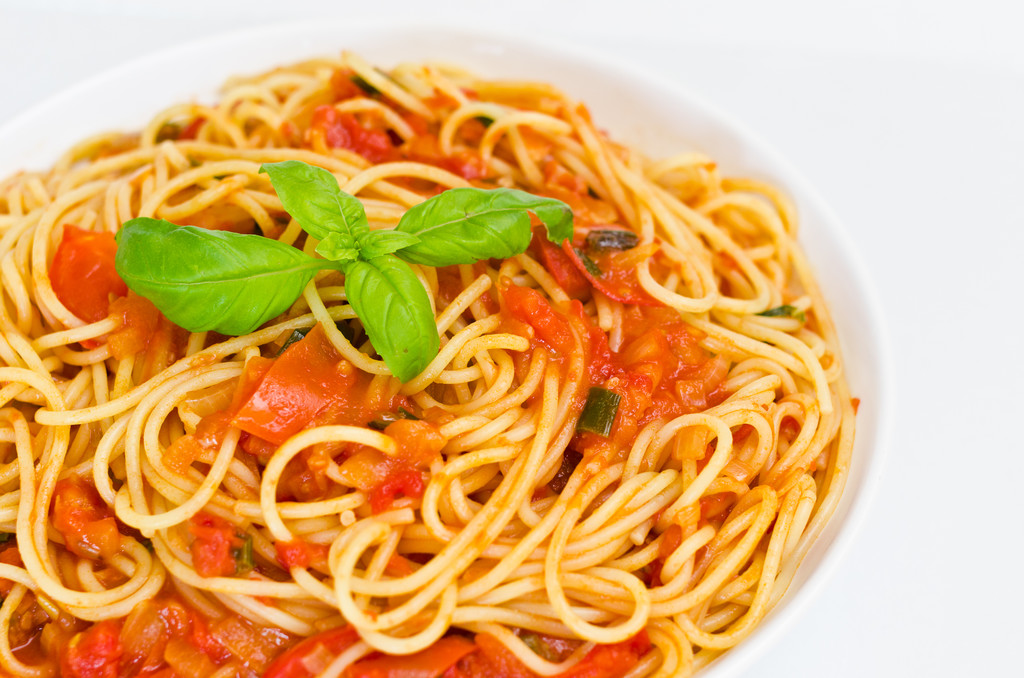
Cooking spaghetti: You should pay attention to this
These tips make the spaghetti even better:
The best guarantee for the perfect spaghetti is a large pot with plenty of water so that the pasta can cook while it is floating. When in doubt, it is better to use a pot that is too big than a pot that is too small.
Spaghetti releases starch into the cooking water as it cooks. If you don’t use enough water, the noodles will stick together while cooking in the pot.
To cook spaghetti, you need a relatively large amount of salt in the cooking water. Always salt the water after it is already boiling. Salting the cold water will leave stains on the bottom of the pot that won’t be easily removed by washing up.
You don’t need to quench the spaghetti in cold water. If you serve them right away, the noodles won’t stick together.
Surely you have already read that you should add oil to the cooking water so that the noodles do not stick together. The oil in the water serves this purpose, but the sauce won’t stick to the noodles as well later on. If you cook the spaghetti just before serving, you can skip oil in the water for better flavor.
The Italians usually mix the spaghetti with the sauce in the saucepan. This will infuse the noodles with the sauce, improving the flavor.
Use spaghetti tongs to make portioning the pasta easier.

